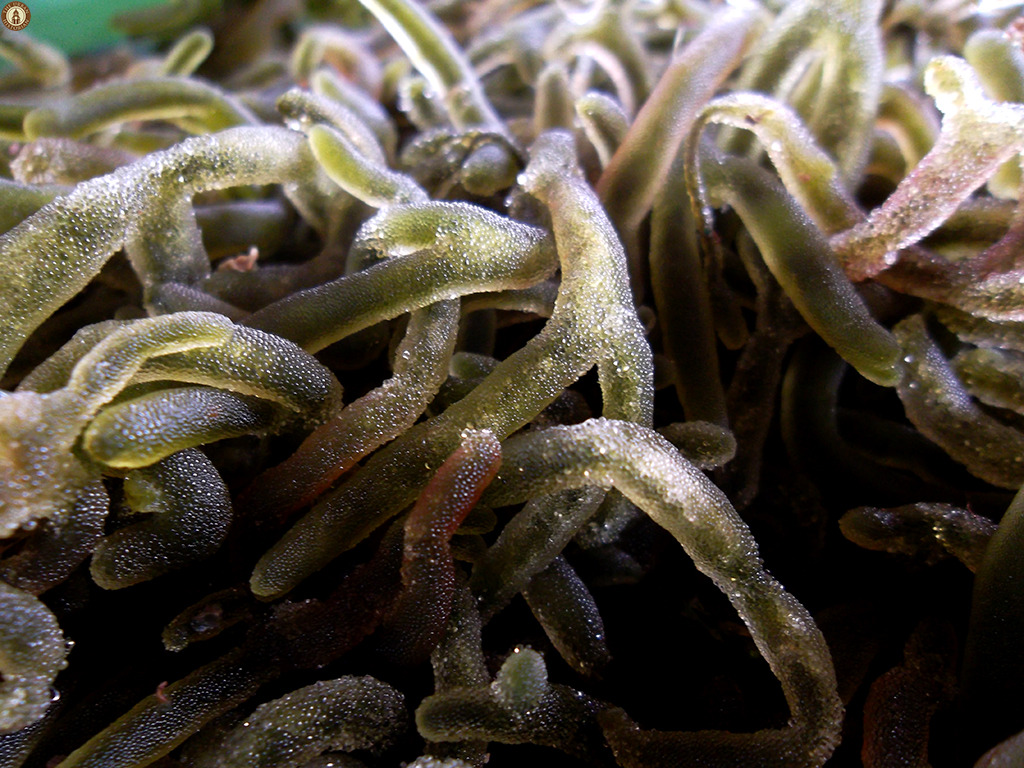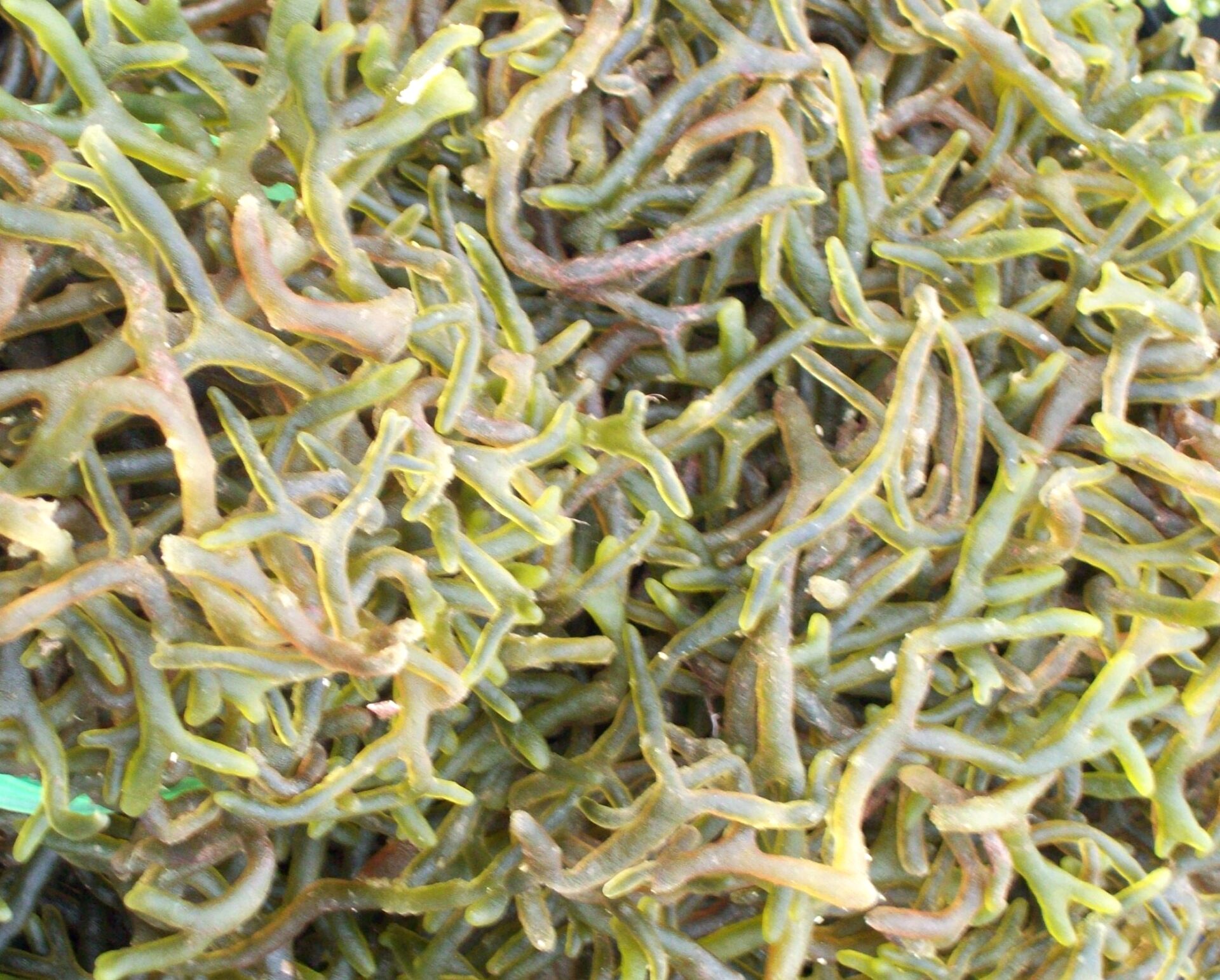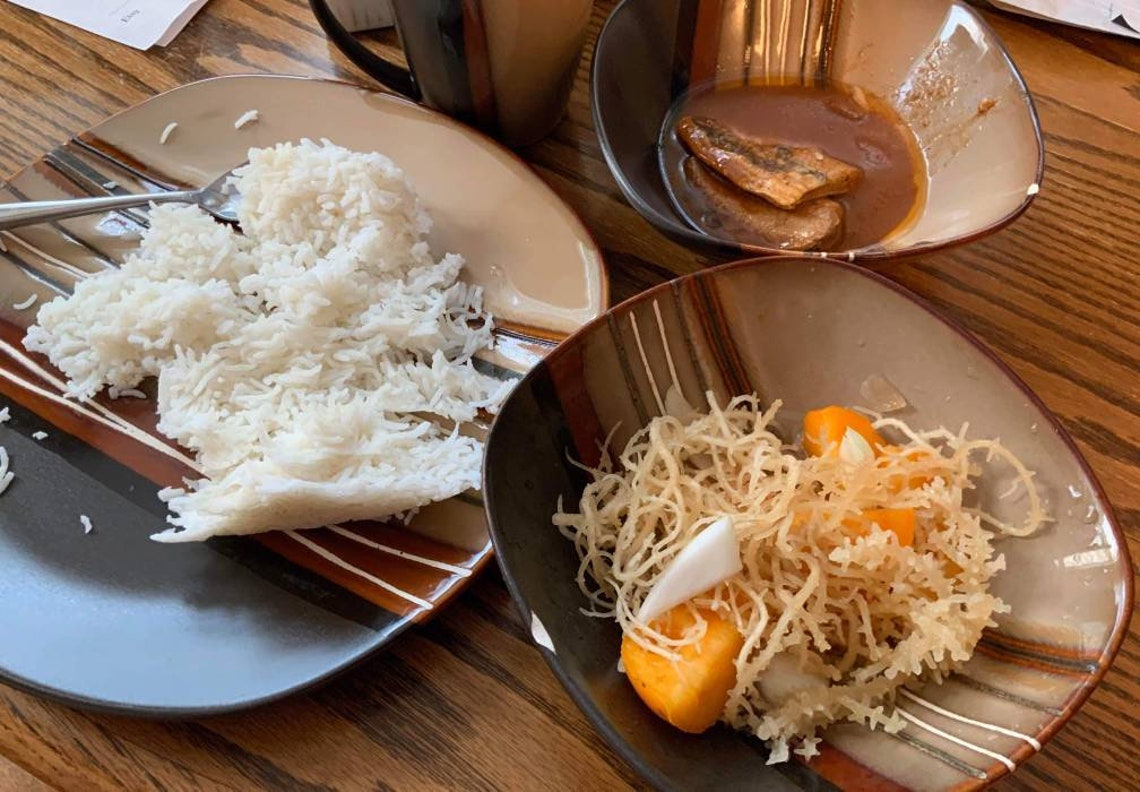
Add in onions, ginger, blanched seaweed, pineapple chunks and red bell pepper. Mix it well until granules are dissolved. In a mixing bowl, add in vinegar, salt and sugar. Lato and guso are pretty light, so they are usually enjoyed as an appetizer or side dish. Instructions Blanch the seaweed/guso in boiling water for 30 seconds, drain and set aside. These are all harmoniously united by the sourness of vinegar, and there you have it – delicious dish with depth and flavor! The distinct saltiness of the seaweeds, along with its unique constitution, is combined with the slight sweetness of tomatoes, the tang of onions, the kick and earthiness of garlic, and the spice of chilis to create a wonderfully exciting palette of flavors. Eaten raw, they are watery and mildly salty and people often refer to them as “tasting like the ocean”. The signature popping of lato is many people’s favorite, same with the characteristic crunchiness of guso. Let us continue to protect our seas from pollution and illegal fishing so that we can enjoy these food sources from nature.Their pleasant textures also undoubtedly add to why they’re both so famous among Cebuanos. This food is rich in iodine, calcium, vitamins, and minerals. lentillifera is farmed and eaten in the Philippines, where it is locally known under various names including lat, gus, and arosep in the Malaysian state of Sabah, where it is known as latok and in Okinawa, Japan, where it is known as umi-bud (.
#GUSO SEAWEED PLUS#
Guso, as salad, can be eaten raw or slightly boiled and mixed in vinegar or the native suka-tuba plus other spices. guso seaweed in englishguso seaweed saladguso seaweed scientific nameguso seaweed health benefitsguso seaweed recipeguso seaweed benefitsguso seaweed in taga. Price includes shipping This seaweed is one of the favored species of edible Caulerpa due to its soft and succulent texture.

Guso is exported to other countries as a source of Carrageenan, a gelatin-like extract used as a thickener, emulsifier, and stabilizer in food, beverages, cosmetics, and pharmaceuticals.

Farmers sell these products at higher prices than the raw unprocessed. Today there are 50 products that farmers produce including liquid soaps, shampoos, and foods such as seaweed juice, cakes, cookies, salad and jam. Its culture period usually takes 30-45 days. Seaweed farming improve the livelihoods of women in the east coastal area of Zanzibar specifically at Bwejuu and Paje villages. From small-scale farming, the industry has had enormous growth through the years and has expanded to neighboring coastal towns like Getafe with much success as this added to the income of fishermen.ĭepending on the location, the season for planting and harvesting seaweed varies, with some areas operating year-round, while others consider weather disturbances, diseases, water temperature, and salinity. In Bohol, guso are farmed for commercial purposes and food consumption particularly in Hingotanan, Bien Unido, Bohol since 1973. They have complex body structures that are anchored to rocks and corals with their rootlike “holdfasts” and their branched filaments. Seaweeds are an important food source for jellyfishes, crustaceans, sea turtles, and more, including humans. The Eucheuma cottonii belongs to the red algae (Rhodophyta) and grows in shallow reefs along rocky shorelines in tropical waters.


Stir again until all the ingredients are well blended. Now add the seaweed and tomato to the mixing bowl. Stir this mixture until it is well blended. Seaweeds are members of the marine algae family Protista. Combine the vinegar, ginger, onion, salt, pepper and sugar in a mixing bowl. Today’s Marine Monday, your National Museum Bohol presents this nutritious food source from our marine ecosystem, the Seaweed (Eucheuma cottonii) locally called Guso. Agar seaweed which is also known as Guso is seaweeds that are most common and fast growing species in the Philippines and consists of minimal amount of essential nutrients, minerals and vitamins that are essential in our daily life.


 0 kommentar(er)
0 kommentar(er)
